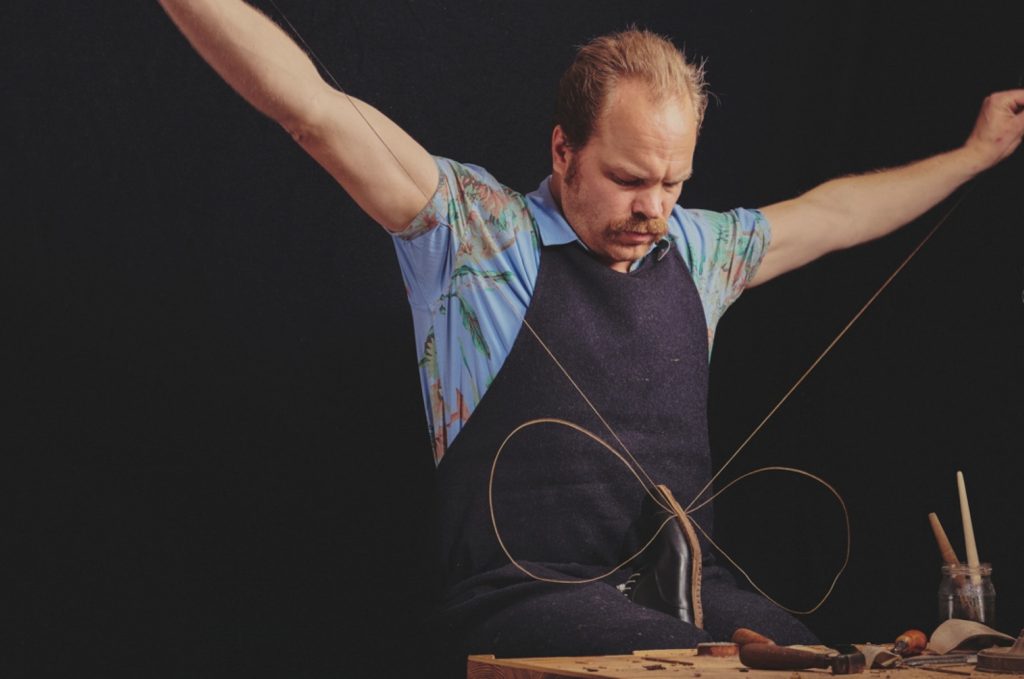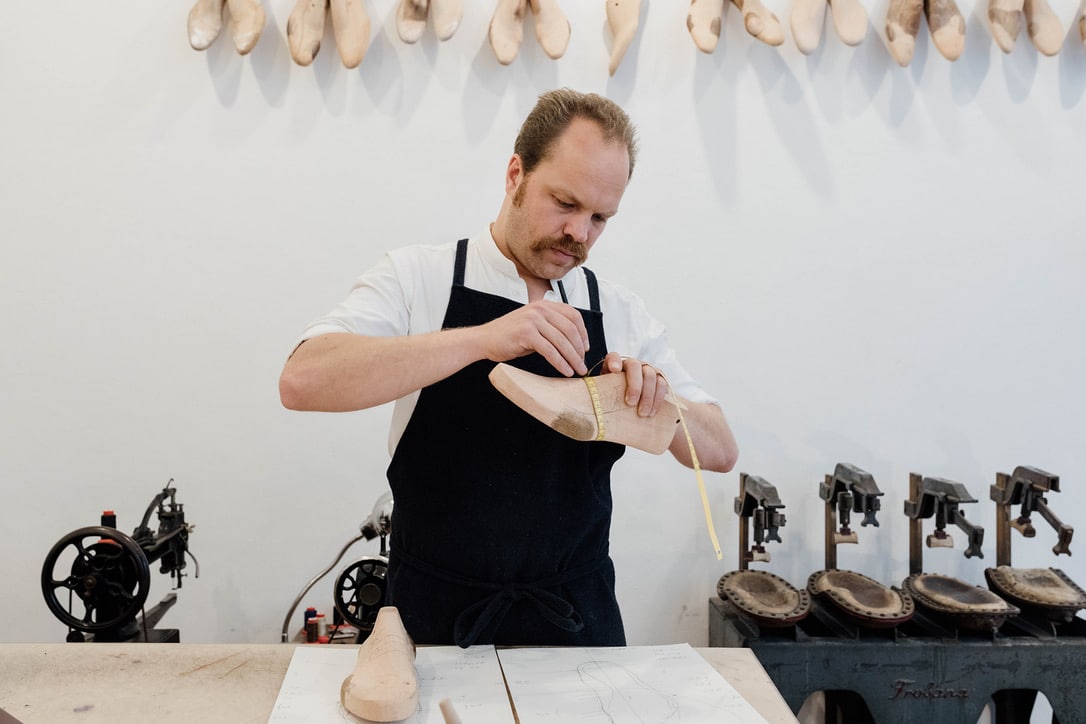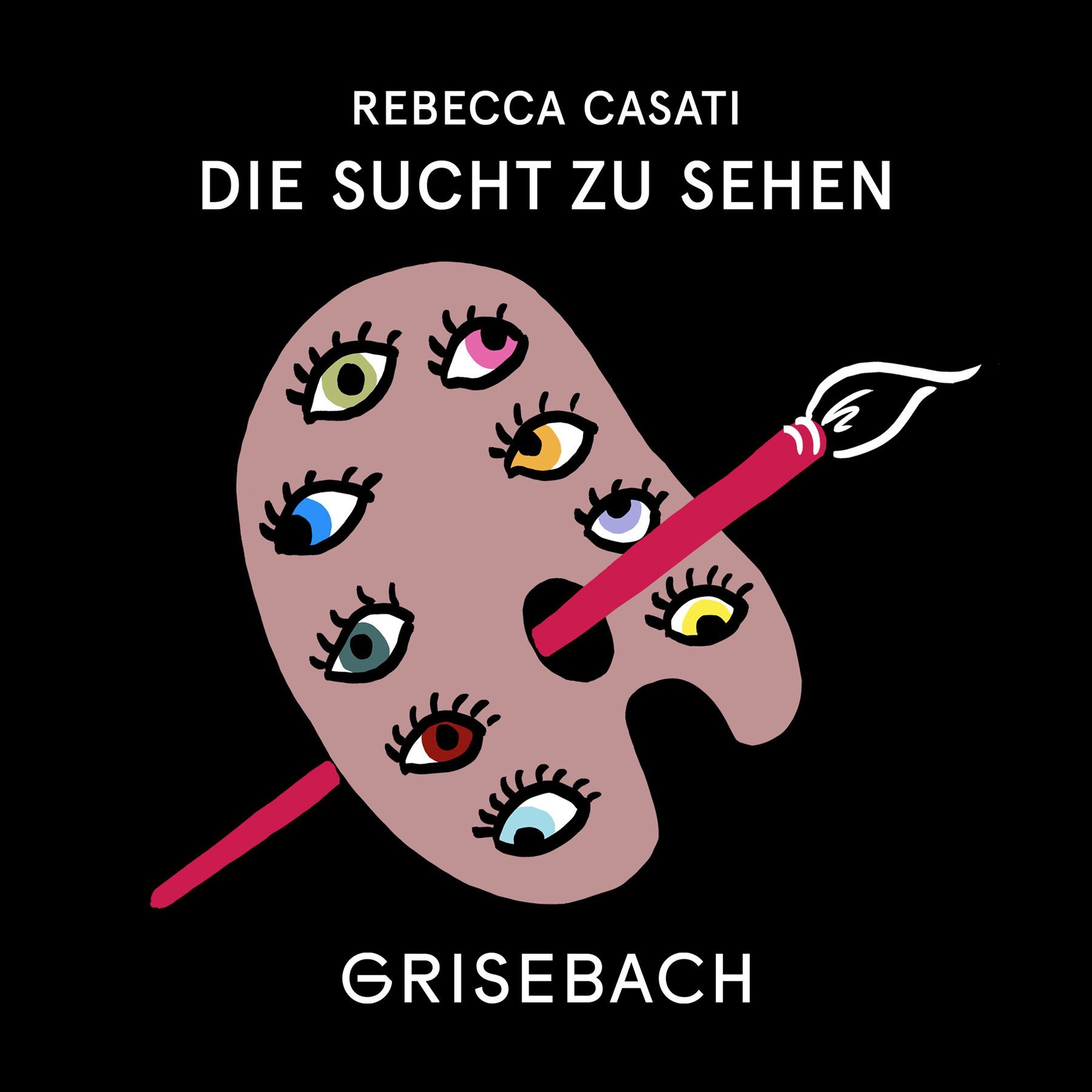In a quiet side street off the bustling Hohenzollerndamm in Berlin-Wilmersdorf lies a sanctuary of artisanal tradition. Here, in the studio of Korbinian Ludwig Heß, a young man with a Bavarian accent in cowboy boots, the art of custom shoemaking is performed at the highest level.
Heß’s journey to the craft of shoemaking was anything but straightforward. After dropping out of universities and the failed vision of a cowboy saloon, he found his true calling: custom shoes, including cowboy boots, that not only fit perfectly but also reflect the wearer’s personality. Heß learned his craft from one of the most prestigious shoemakers in Vienna. In his shoes, he combines tradition with modernity, simple elegance with the highest quality.
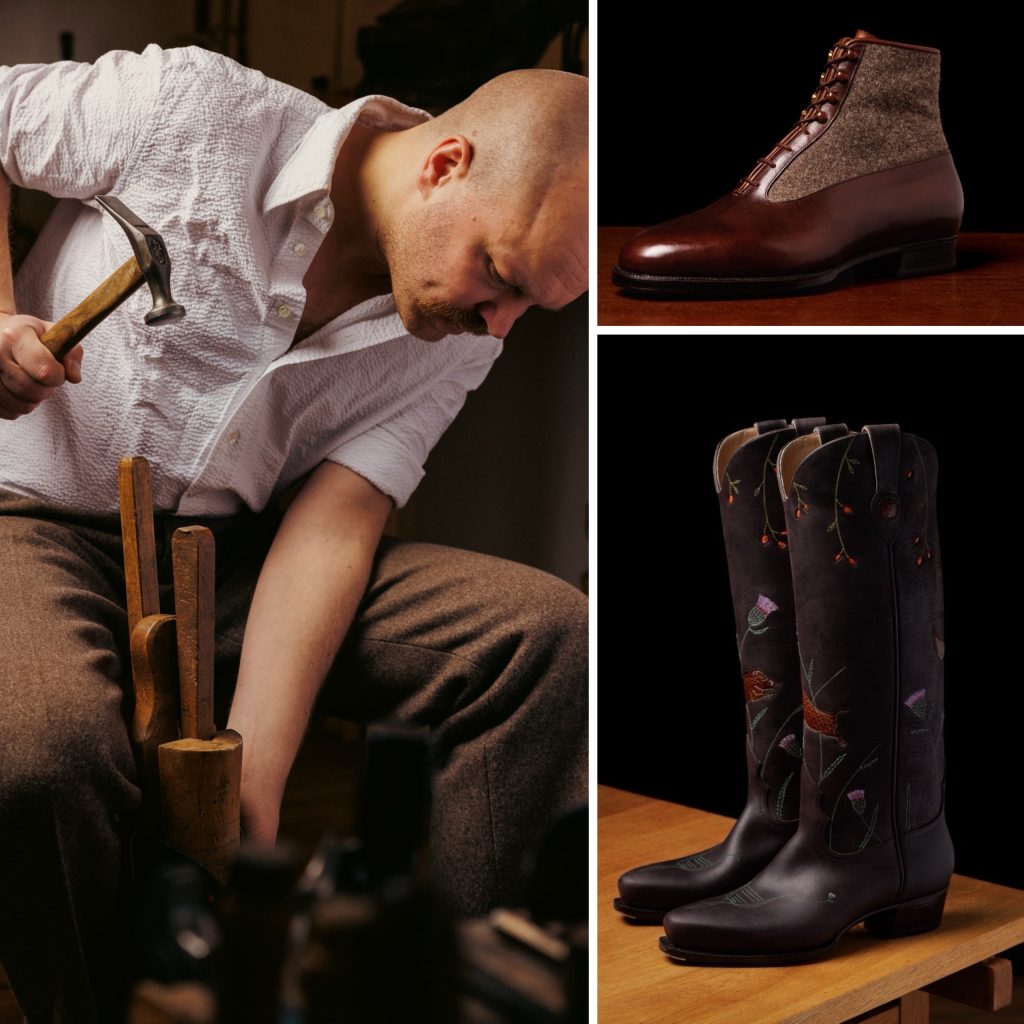
© Credit: Tommi Aittala
His workshop resembles a time capsule, a place for deceleration. In Korbinian’s workshop, an atmosphere of picturesque timelessness prevails, paired with minimalist design. Instead of deafening machines, three mechanical sewing machines, a leather roller, and a sole press dominate the scene – all witnesses of a bygone era that function without electricity.
His customers come from all over the world. It takes six to eight months to complete a pair of custom shoes. It’s a lengthy process that is accompanied by hand from the first meeting with the client to the final touches. For Heß, the relationship with his customers is fundamental. He observes their gait, their posture, inquires about their lifestyle. Only in this way can he create shoes that not only fit perfectly but also underline the wearer’s individuality.
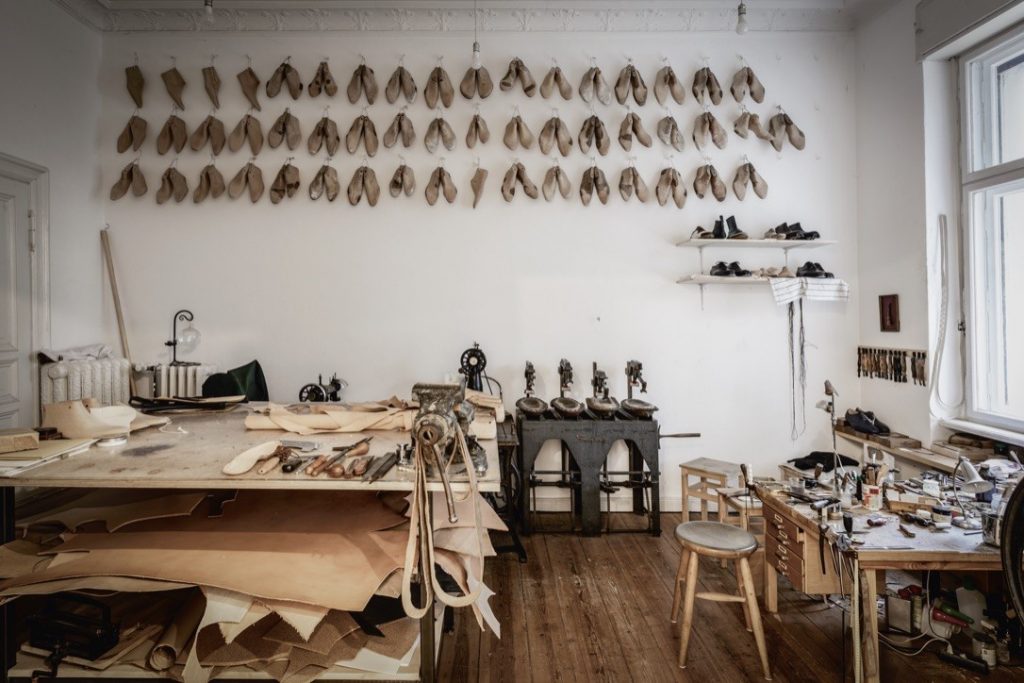
© Credit: Benjamin Tafel
His work is a tribute to transience. In a world of mass production, online shopping, and fast trends, Heß bets on highest quality and durability. His shoes are meant to become loyal companions to last a lifetime, which makes then also sustainable. Two to three pairs leave his workshop per month at no less then 4000 Euros a pair. Heß sources the leather soles from Bavaria. “No animal has to die for this; cowhide is practically a by-product of the food industry.”
Korbinian Ludwig Heß is a rebel in the world of shoemaking. With his uncompromising commitment to tradition and his indomitable will for perfection, he creates shoes that are much more than just an object of use. They are an expression of individuality, craftsmanship, and timeless elegance. His shoes embody more than just expert craftsmanship; they also tell the story of a man who has carved out his own unique path. A journey marked by passion, perseverance, and a deep belief in the power of craftsmanship. And as I write these lines, I realize that the cobbler is perhaps more than just a craftsman. He is an artist and a guardian of the knowledge and skill that has been passed down through generations.



